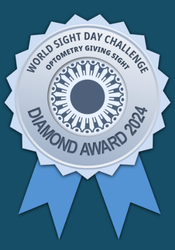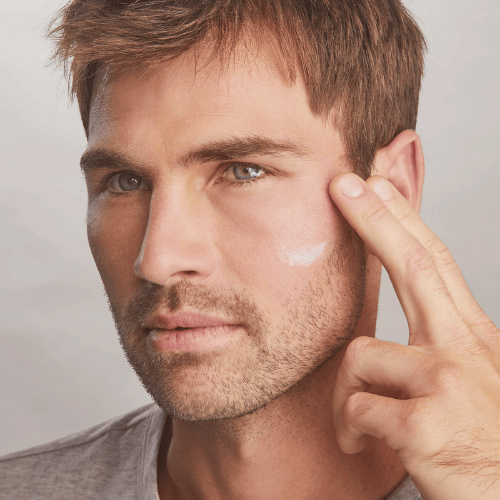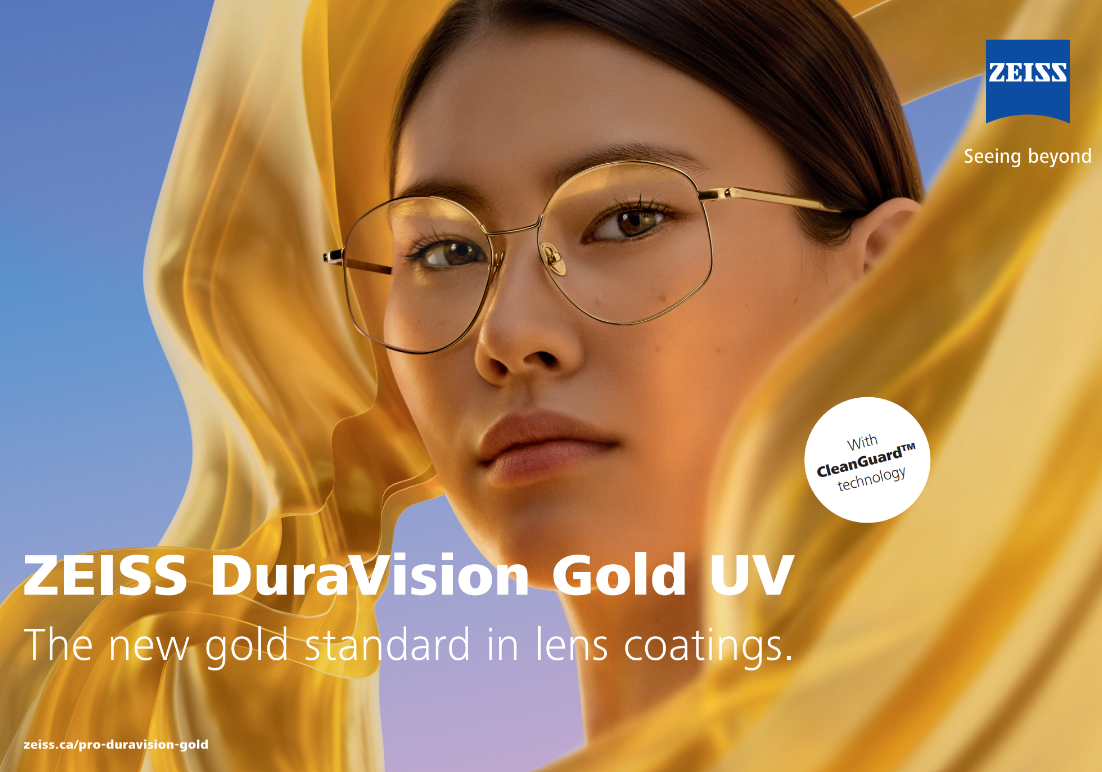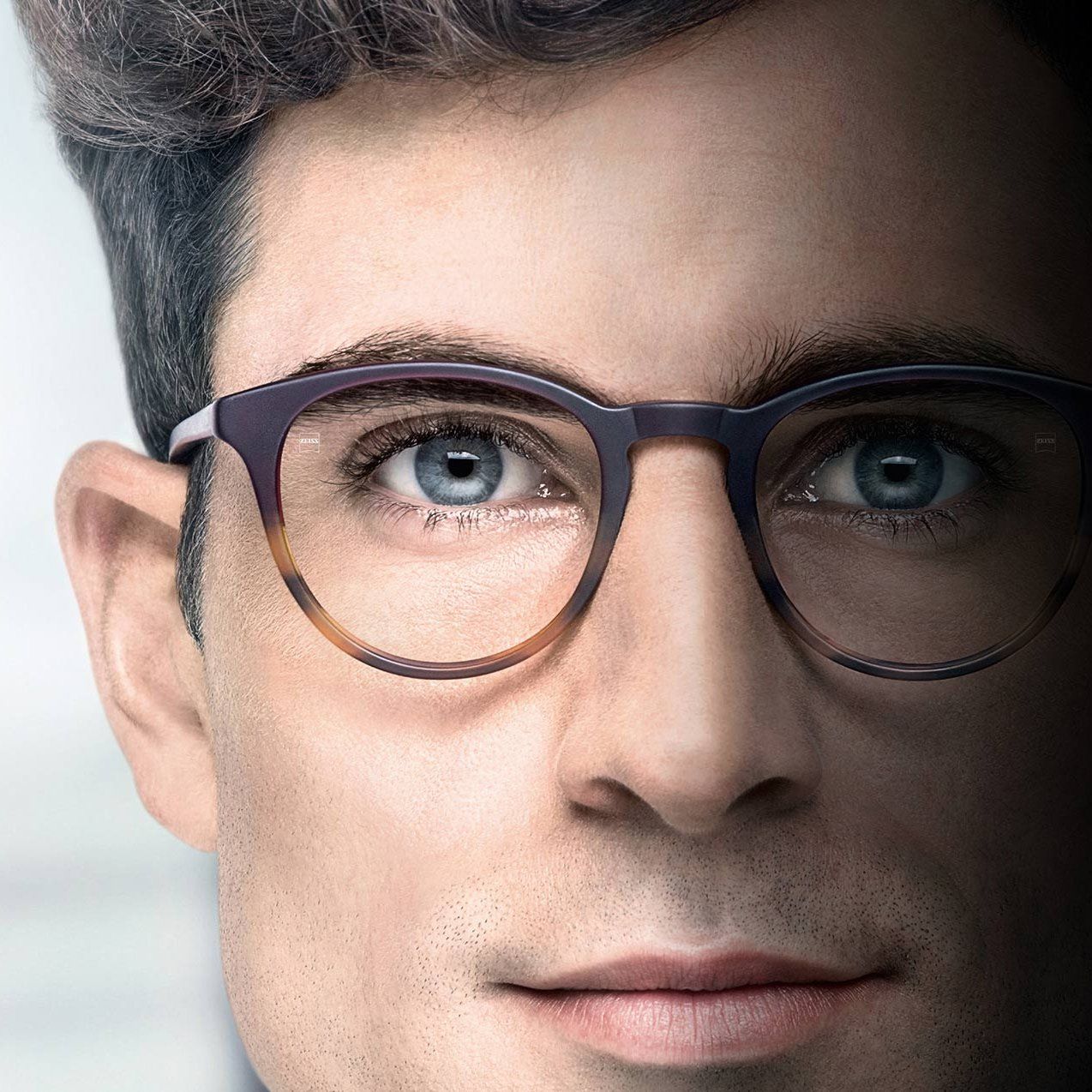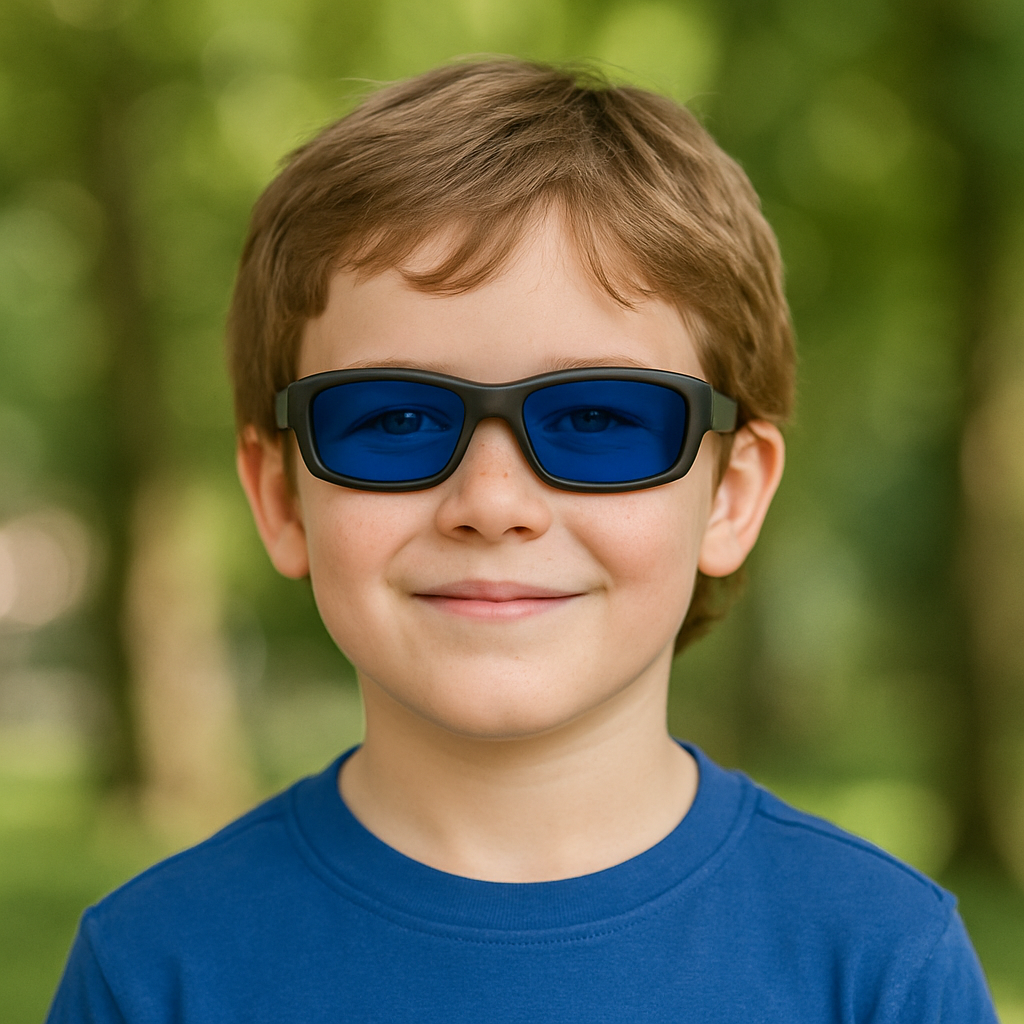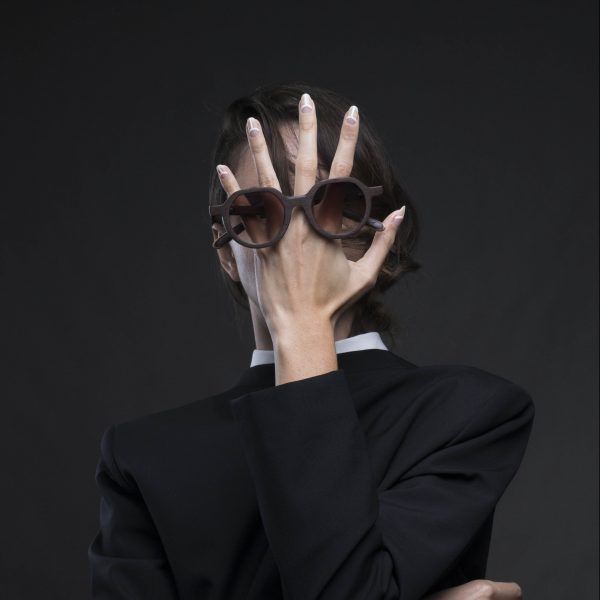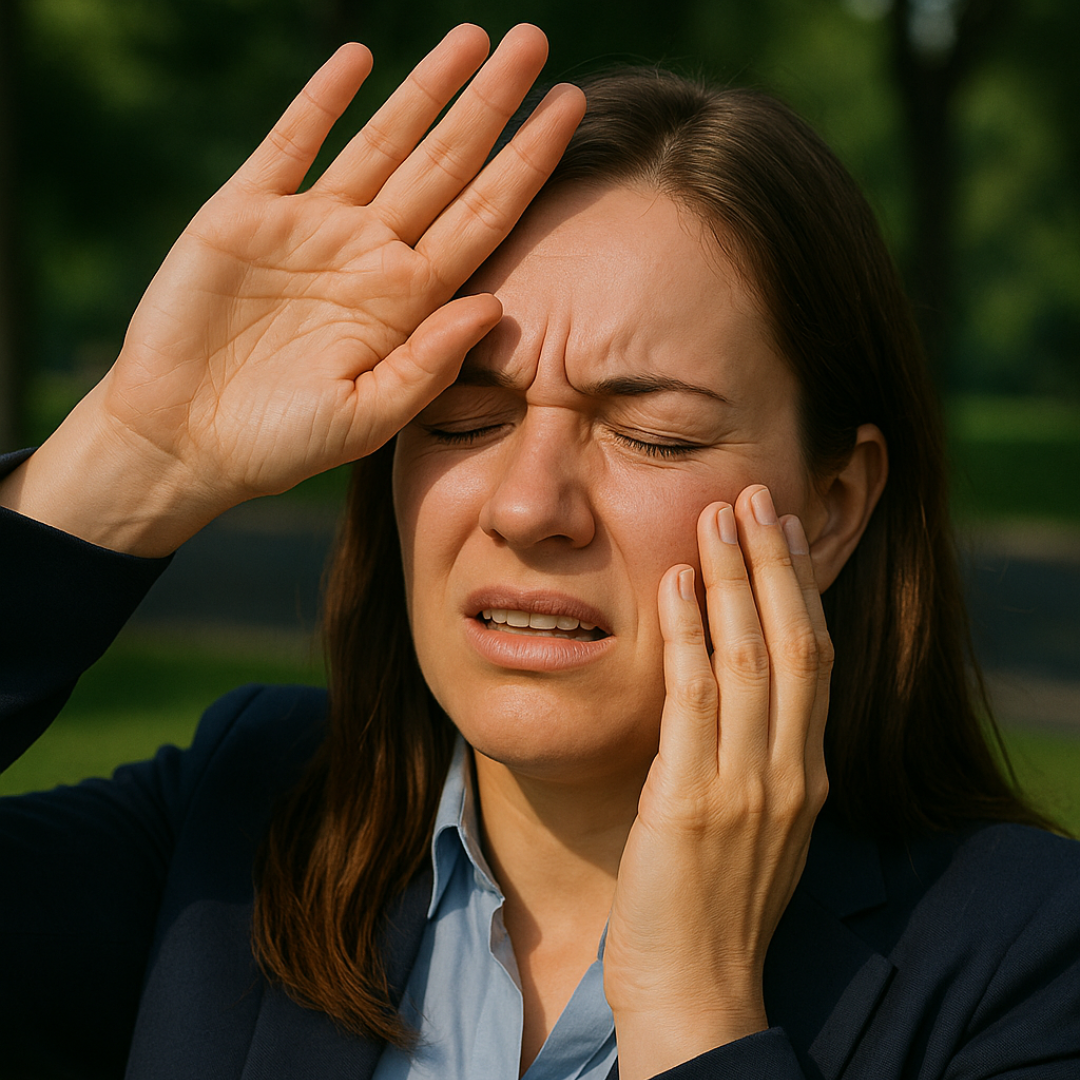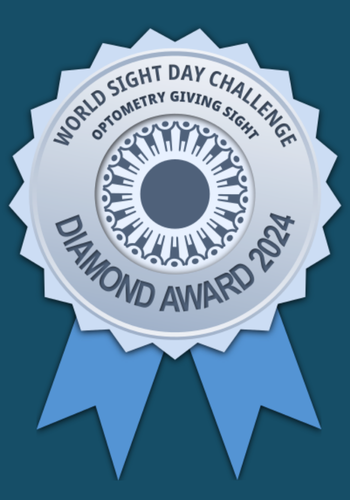VISION MATTERS IN SPORTS – PART ONE (GOLF)
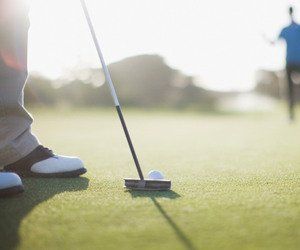
This is the first of a series of articles about how to enhance your performance in sports. This month we are going to start with a popular one among our patient base – the great game of golf.
Slowly but surely the weather is getting warmer. It’s time to blow the dust off the clubs, and warm up your back muscles with a few easy swings on the driving range. Many aren’t aware that golf is very demanding on your eyes and vision. There’s the changing lighting conditions, the wind drying out your eyes, following a small fast-moving object among competing background patterns, gauging depth and ground contour differences, and the challenging weather elements. What a complex scene to manage!
There are 4 main visual elements to consider in order to optimize your enjoyment and performance at the game of golf:
- Range of focus. Golf requires excellent distance, mid-range, and near vision. Your eyes have to be accurate in order to properly visualize course features and follow the ball. Quick focusing changes are required to address the ball pre-swing, then follow through and switch to distance tracking of your ball in mid-flight. Good near vision is required in order to see your score card. Zeiss i.Scription lenses are made with a prescription specified to the nearest 1/100th of a Diopter, as compared to the nearest ¼ of a Diopter, optimizing the potential of your “visual acuity” or sharpness of vision.
- Depth perception. Obviously acute depth perception is critical to judging distances and selecting the correct club. Reading the contours of the green properly requires both good depth perception and acuity in order to strike the ball with the correct force and direction. “Eye teaming” is a skill we assess during all comprehensive eye exams. Under conditions of binocular stress, the eyes do not coordinate very well. This can affect eye teaming and definitely depth perception.
- Contrast perception. The ability to see an object on its background is the definition of contrast. If you lose a lot of balls, it may be your slice, but it could also be a problem with contrast. Certain eye health conditions such as early cataracts can affect contrast. Certain tints can be prescribed in order to maximize contrast if a problem exists.
- Glare control. All the above factors are affected if the level of light entering your eyes is not properly regulated. Much like a washed-out picture from a camera, your brain receives a faulty signal from your eyes if you are not wearing proper sun protection. We have the best success with Maui Jim sunglasses which offer our golfing patients superior vision, comfort and UV protection. They can be ordered with or without prescription lenses, and have a number of tints and treatments that really cut down on glare while optimizing contrast and vision. These quality sunglasses accomplish the tricky job of reducing glare while at the same time not affecting contrast – poor quality sunglasses can actually reduce your performance due to their negative effect on contrast.
Remember that an average round of golf exposes you to very high levels of UV – protect your eyes with proper UV-protective lenses. Several disease states of the eye, including Macular degeneration, are influenced by UV exposure.
Talk to one of our eye doctors at your next visit about how we can help with some of these vision challenges. You might just have your best round yet this season!

